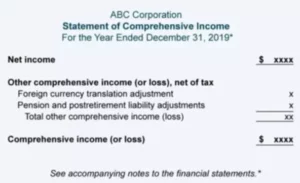Content

Therefore, that is the how to calculate marginal cost cost – the additional cost to produce one extra unit of output. The marginal cost curve shows how the cost of producing one more unit depends on the quantity that has already been produced. The marginal cost formula is important for firms since it shows them how much each additional unit of output costs them. Calculating marginal cost enables managers to make decisions on resource allocation, optimize the production and operation, control manufacturing costs, plan budget and profits, etc.
Marginal cost refers to the expense of creating one more item for sale. It is most commonly used in manufacturing, where it’s called the marginal cost of production. If we look at the prior example, Business A went from producing 100 cars to 120.
Our Services
A lifehttps://www.bookstime.com/ time horizon is normally used for treatments of chronic diseases or that impact on survival. NMG and AWMSG do not use a fixed ICER threshold above which a medicine would automatically be defined as not cost-effective or below which it would, but rather a threshold range. All we can do is show how much extra it costs to gain an extra unit of outcome. Add marginal cost to one of your lists below, or create a new one.

Therefore, the change in quantity would be the new quantity produced , minus the old quantity produced . How can we calculate the marginal cost using the marginal cost formula? Marginal cost is the extra cost incurred in producing one more unit of a product. When performing financial analysis, it is important for management to evaluate the price of each good or service being offered to consumers, and marginal cost analysis is one factor to consider. In an equilibrium state, markets creating negative externalities of production will overproduce that good.
Why marginal cost matters
When companies minimize their costs, they maximize their room to maneuver. For example, if they have debt, they can choose to repay it more quickly. This can reduce their interest expense and hence improve their profitability over the long run. In simple terms, it’s often easier for producers to fulfill a small number of large orders than a large number of small orders.

Notice that the change in the total cost of production is equal to the change in variable cost because the fixed cost does not change as the quantity produced changes. So, you can also use the change in the total variable cost to calculate the marginal cost if the total cost is not given, or if a change in variable cost is easier to calculate. Remember, we are not dividing the total cost itself by the number of total units produced, we are dealing with the changes in both. The usual variable costs included in the calculation are labor and materials, plus the estimated increases in fixed costs , such as administration, overhead, and selling expenses. The marginal cost formula can be used in financial modeling to optimize the generation ofcash flow. Fixed costs do not change with an increase or decrease in production levels, so the same value can be spread out over more units of output with increased production.